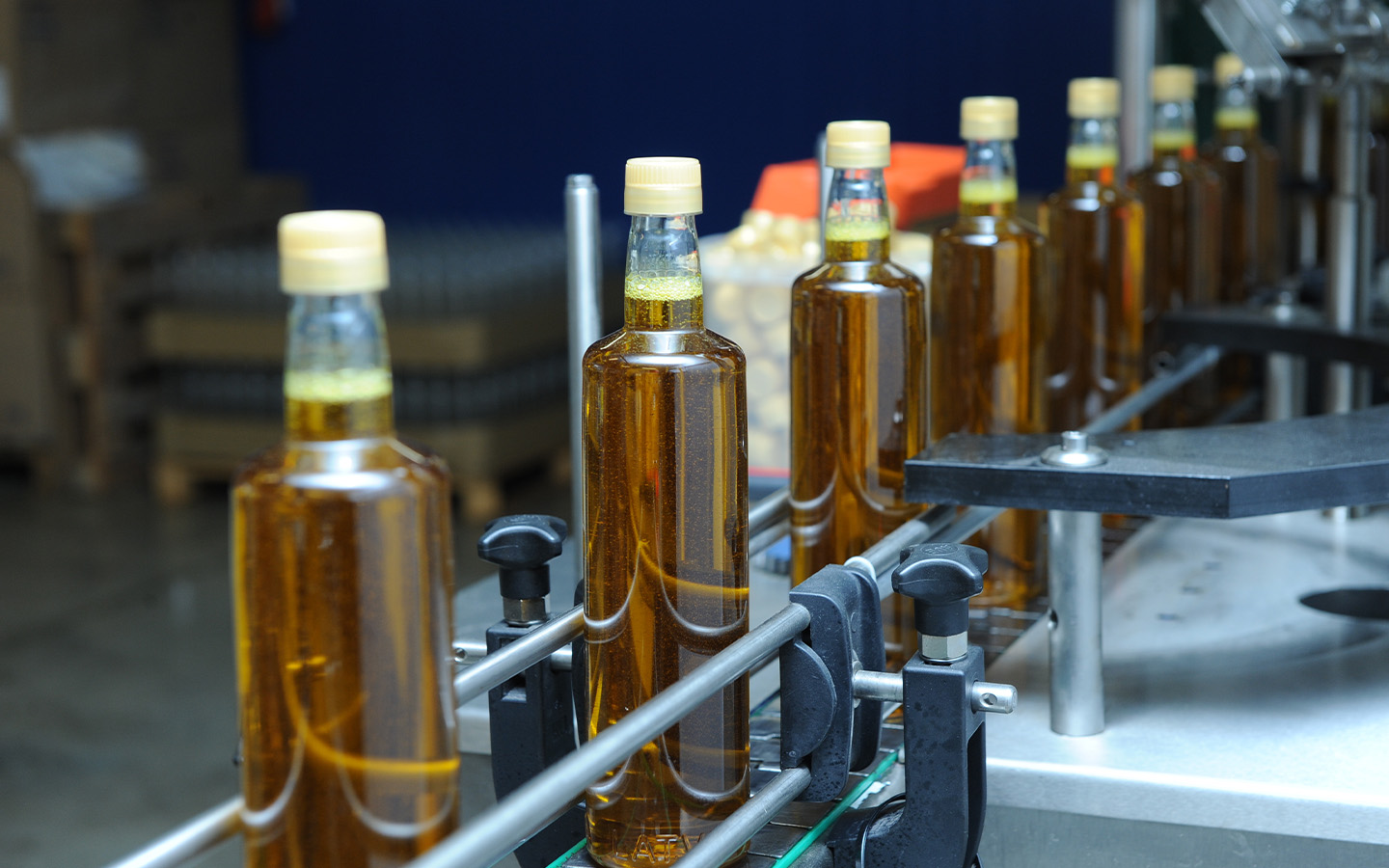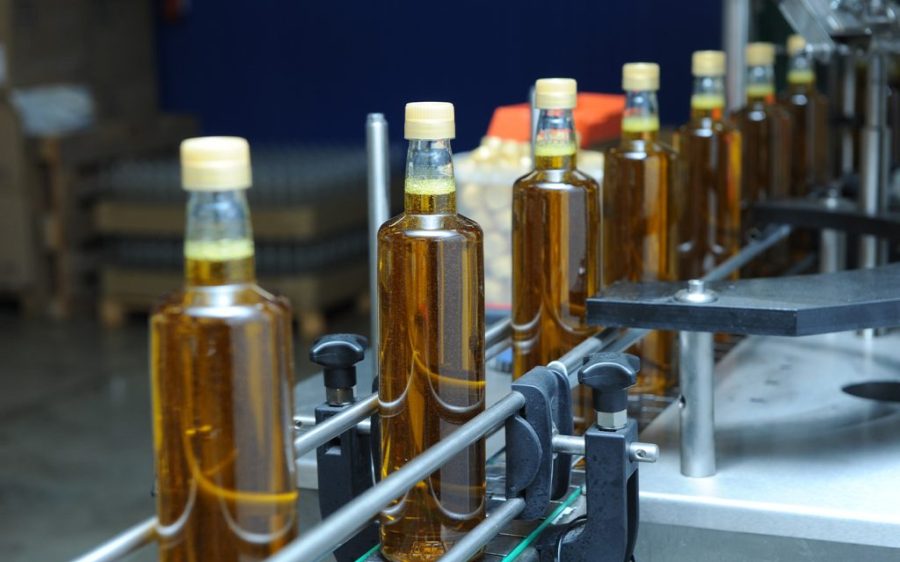Production of olive oil in Portugal is expected to increase by almost 15 percent to around 170,000 tons in 2025, according to new estimates from the largest national association in the sector, reports Lusa.
Olivum, the Portuguese Association of Olive Growers and Mills, based their estimate on the production of organisation members, which accounted for around 70 percent of the country’s total production in 2024. Susana Sassetti, executive director for Olivum, told Lusa that the association expects their production to increase from around 105,000 tons to 120,000 tons, which would amount to an overall increase of 15 percent if their percentage of total production remains steady. “This percentage [of total production] may not correspond to reality”, Sassetti cautioned, noting that “many new olive groves were planted and entered into production.”
Sassetti responded to a question about increased production potentially driving down prices by telling Lusa that the cost of olive oil is more dependent on Spain, the world’s largest producer. Portugal is the sixth largest and the fourth largest in Europe, behind Spain, Italy and Greece.
[See more: Portugal has announced a 20 million-euro-investment in coastal protection]
Climate change-fuelled extreme weather and drought in southern Europe has severely impacted olive harvests in recent years, sending prices soaring. The 2024/25 growing year, however, is expected to see a strong rally according to forecasts from the International Olive Council, rising 32 percent compared to the previous year and 13 percent above the five-year average. The resurgence is expected to be driven by increases in Spain (51%), Tunisia (55%) and Turkey (109%).
Deoleo, the world’s largest olive oil bottler, told CNBC they expect this surge in production to cut the cost of olive oil nearly in half, from approximately 9 euros (US$) per litre to just 5 euros.
While prices began a slow decline in late 2024, industry publication the Olive Oil Times, cautions that high production costs in many producing regions remain a key factor in determining the price paid by consumers – many of whom have already cut back on the staple food, reducing their consumption or seeking out alternatives.
“Although there have been steps towards improvement, it would not be entirely accurate to say that the crisis is over,” Miguel Ángel Guzmán, chief sales officer at Deoleo, told CNBC. Guzmán previously told the Olive Oil Times that climate change had been “identified as an existential threat to the industry”, as growing areas around the world face increasingly unpredictable conditions.






